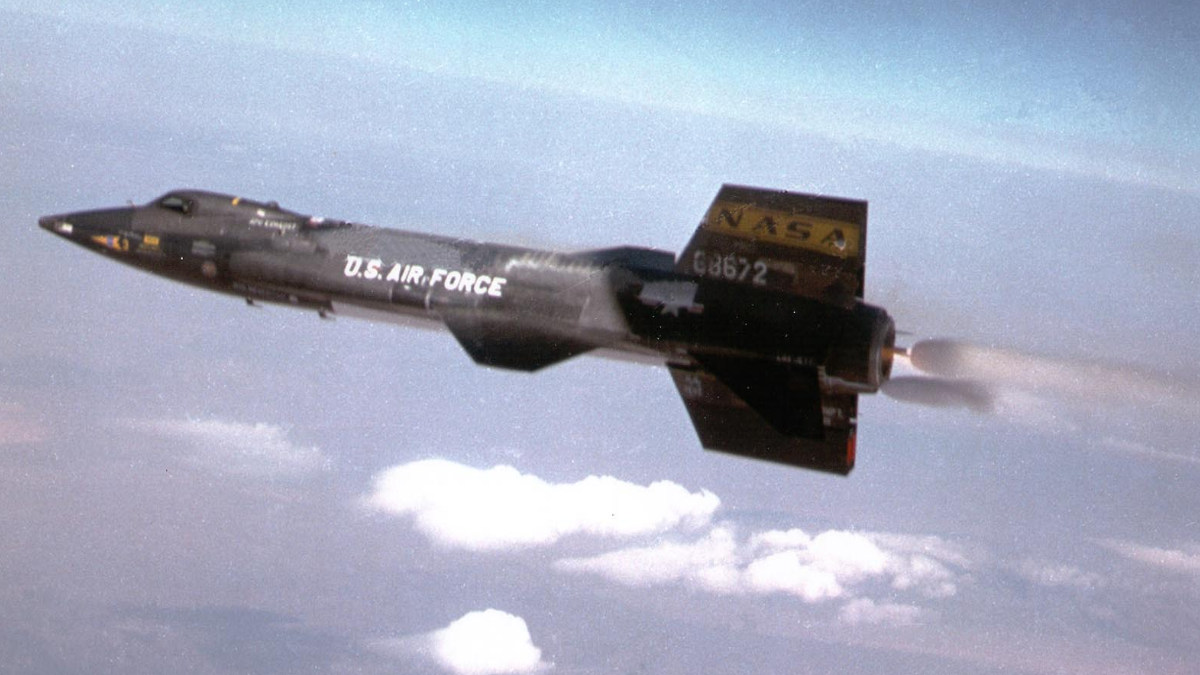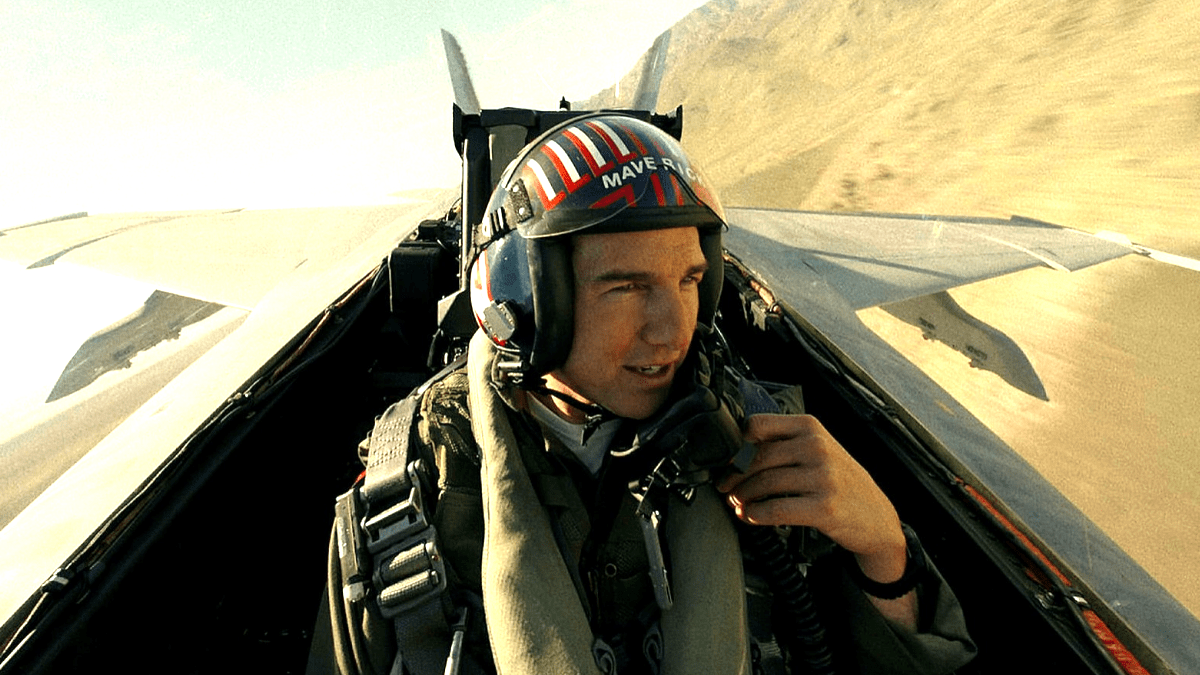Mach 10 is the Holy Grail of aircraft engineering. No manned jet has ever reached this elusive speed.
But in the world of Top Gun: Maverick, one such aircraft does exist – the experimental (and, as it turns out, incredibly dangerous) Darkstar jet. The film producers worked alongside aviation company Lockheed-Martin and between them came up with a beautiful, sleek, and realistic design for a theoretical aircraft capable of flying at speeds of Mach 10 and beyond. Pete “Maverick” Mitchell (Tom Cruise) manages to fly for a few short moments at Mach 10.2 in a test run during one part of the movie.
“He’s the fastest man alive,” says Maverick’s friend and colleague, Hondo.
But how fast did he really go?
The Mach number of an object is a measure of how fast it is going past the speed of sound. Mach 1 is the speed of sound (767 mph at sea level). Mach 2 is twice the speed of sound (1534 mph), and so on. On the face of it, the whopping Mach 10.2 Maverick achieved meant that he was flying at 7826 mph. If he continued consistently at these speeds, he could fly round the entire equator of the Earth in just three hours.
Is it possible?

Mach 10 stands on the cusp between hypersonic and high-hypersonic, meaning thermal control becomes a major issue. The stresses on the hull of such an aircraft mean that it behaves more like a space vehicle during re-entry. Aircraft designers need to think like rocket scientists, to prevent a Mach 10 plus aircraft from simply blowing up due to the incredible heat generated at those ludicrous speeds.
Plus, there is the problem of how much a human body could take. At Mach 10, the G-force during acceleration would be colossal. An average person can withstand around 6 Gs for short periods. Highly trained fighter pilots condition themselves to withstand up to 9 Gs for short bursts so they can perform high-speed aerial manoeuvres. But not even the “Top Guns” of the U.S. Air Force could withstand the sickening G-force inflicted on them for prolonged flights at Mach 10. A pilot would likely black out within seconds, putting themselves and the aircraft at grave risk.
In real life, only unmanned aerial vehicles are capable of getting anywhere near Mach 10. The fastest manned aircraft ever made was the North American X-15, a jet shaped more like a rocket than a traditional aircraft. On October 3. 1967, it achieved a record speed of Mach 6.7 – very slow compared to the film antics of Maverick.
Whichever way you measure it, Pete “Maverick” Mitchell was flying fast… really fast.

